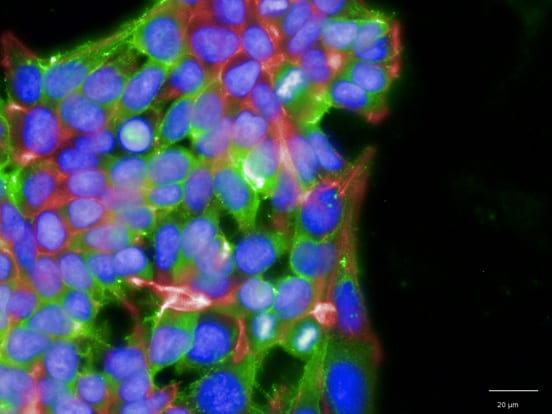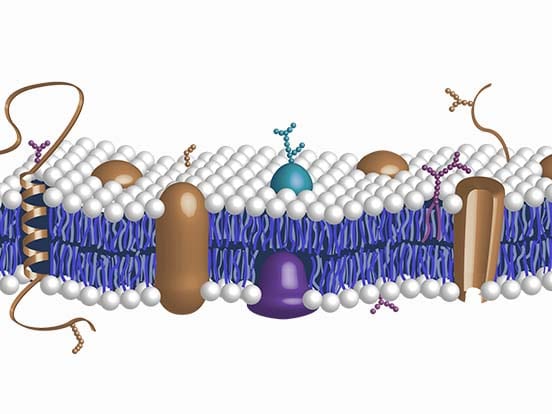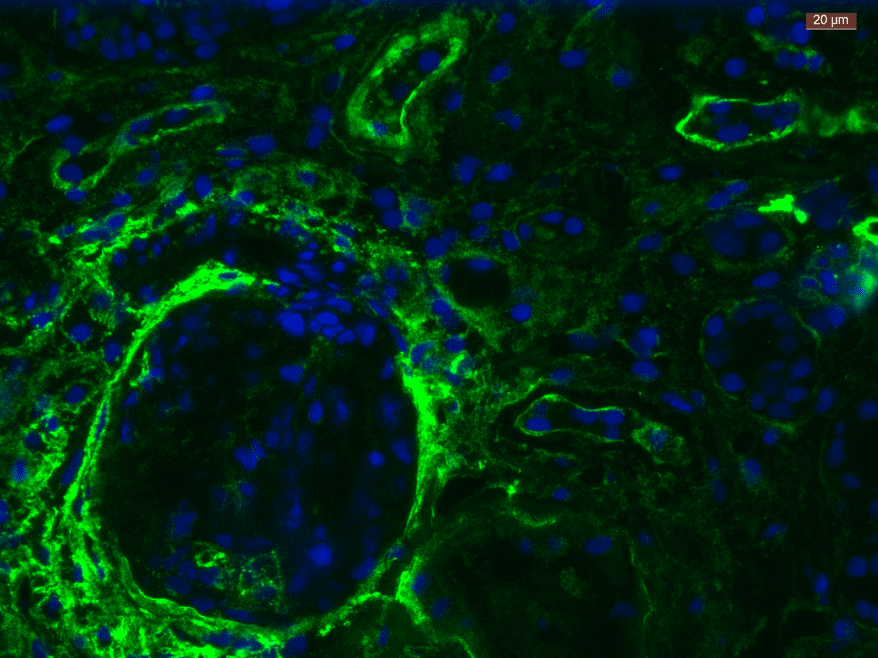
Biotinylated Heparan Sulfate 10E4 Antibody
A new tool to detect or measure HS or HSPG
Heparan sulfate (HS) is a sulfated Glycosaminoglycan (GAG) polysaccharide that is widely found on cell membranes and in the Extracellular Matrix. HS is involved in a wide range of important biological processes through specific interactions with many biologically active proteins. In particular, HS has emerged as a key factor in infection by the SARS-CoV-2 virus, which is the cause of the COVID-19 coronavirus pandemic.
As part of our wider offering for HS and GAG research, we now offer the anti-HS 10E4 monoclonal antibody in two biotinylated formats. The 10E4 antibody recognises a common epitope on HS, found across a wide range of tissues and species, making it an ideal tool to detect or measure HS or heparan sulfate proteoglycans (HSPG).
Benefits
- Save costs by eliminating the need for conjugated secondary antibodies
- Use with mouse samples to eliminate the risk of false positive results
- Have the freedom to choose the best fluorophore for visualization

Biotin is a water-soluble B vitamin, which forms extremely strong non-covalent interactions with streptavidin on proteins, making biotinylated antibodies useful for detection of low-abundance proteins in immunological assays. The process of biotin-labeling is also frequently used as a non-radiative labeling method for proteins, and as a protein purification technique. Biotinylated antibodies offer advantages in several key applications, by cutting out the need for the use of conjugated secondary antibodies to quantify the level of detection/binding in immunological assays. For example, for 10E4:
For double and triple staining (see Fig 1 and Talsma et al 2020): Biotinylated 10E4 antibody gives labs the freedom to choose the best fluorophore (conjugated to streptavidin) to visualize HS in combination with other antigens; and reduces spend on specific secondary antibodies, which can be expensive.
For use with adult mouse samples. As the 10E4 antibody is a mouse monoclonal antibody, conjugated secondary antibodies will detect endogenous mouse immunoglobulins already present in the sample as well as the added monoclonal antibody, leading to the risk of false-positive results in experiments with adult mouse samples. Using biotinylated mouse HS 10E4 antibody and enzyme-linked streptavidin, avoids this problem.
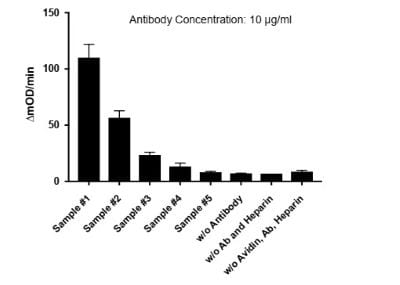
Different labs preferred levels of biotinylation for different applications - see Fig 1, Fig 5 and Talsma et al (2020) for fluorescent staining where high-biotin format worked best; while other labs found better results staining with a low biotin format (Figs 3 - 4)
Results shared by Hiro Katagiri (NIH, USA) showed that a low biotin format worked best for antigen capture in ELISA (Fig 2).
We’ve launched two biotinylated formats of the 10E4 antibody (high and low biotin) to address this issue; along with a starter pack to allow end-users to test both formats at a reduced price per vial.
Product Information Table
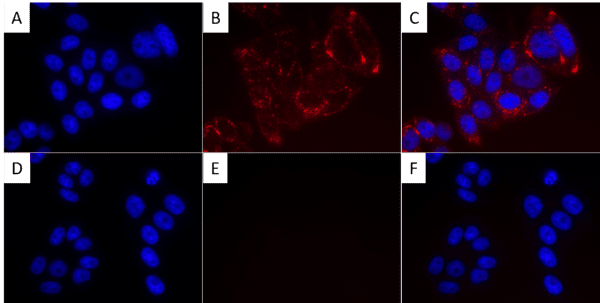
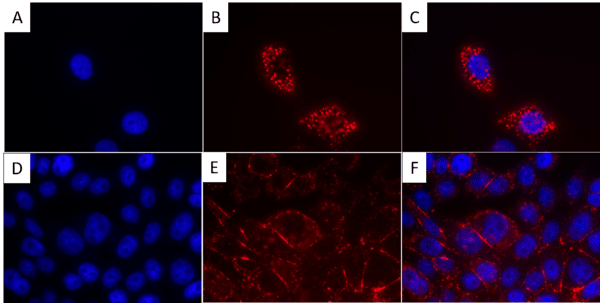
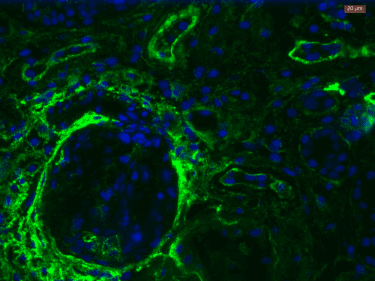
Featured Citations
MASP-2 Is a Heparin-Binding Protease; Identification of Blocking Oligosaccharides
Talsma, Poppelaars, Dam, Meter-Arkema, Vivès, Gál, Boons, Chopra, Naggi, Seelen, Berger, Daha, Stegeman, van den Born & COMBAT Consortium. (2020). MASP-2 Is a Heparin-Binding Protease; Identification of Blocking Oligosaccharides. Front. Immunol., 11, 732.
Borcherding, N., Jia, W., Giwa, R., Field, R. L., Moley, J. R., Kopecky, B. J., Chan, M. M., Yang, B. Q., Sabio, J. M., Walker, E. C., Osorio, O., Bredemeyer, A. L., Pietka, T., Alexander-Brett, J., Morley, S. C., Artyomov, M. N., Abumrad, N. A., Schilling, J., Lavine, K., … Brestoff, J. R. (2022). Dietary lipids inhibit mitochondria transfer to macrophages to divert adipocyte-derived mitochondria into the blood. Cell Metabolism, 34(10), 1499-1513.e8.
